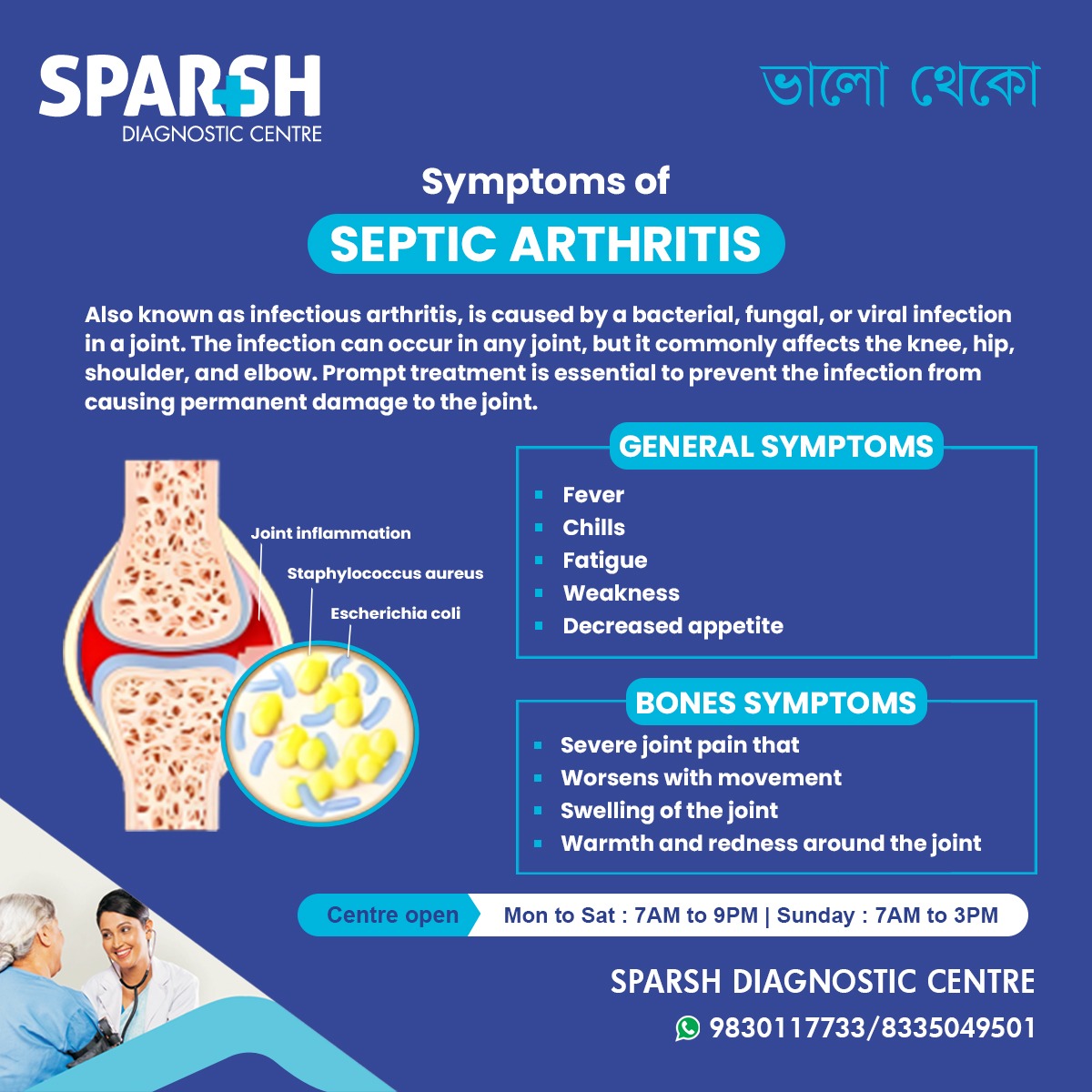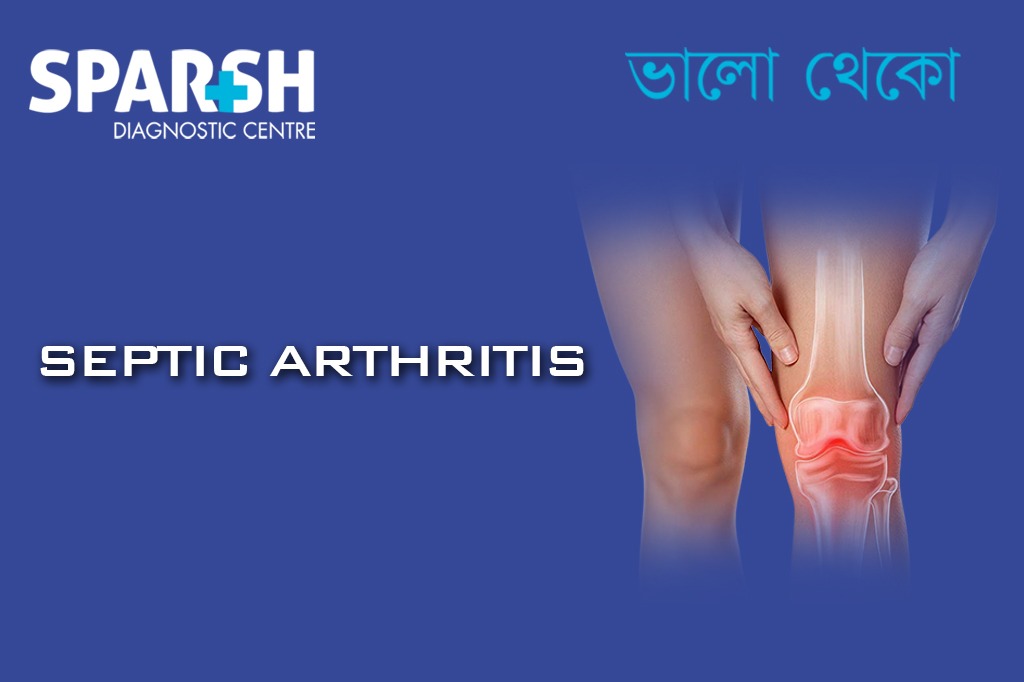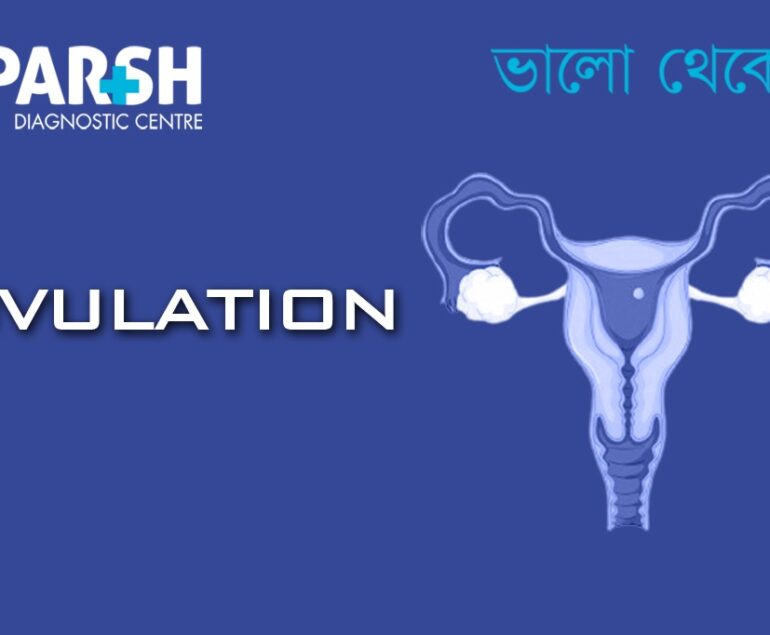Septic arthritis, or infectious arthritis, is a severe medical condition in which a joint becomes infected with microorganisms such as bacteria, fungi, or viruses. The infection leads to inflammation, swelling, pain, and tissue destruction in the affected joint. Prompt diagnosis and treatment are essential to prevent permanent joint damage or systemic infection.
Septic arthritis can affect people of all ages, but it is more common among infants, older adults, and individuals with weakened immune systems. The knee is the joint most commonly affected, followed by the hip, shoulder, wrist, and elbow.
Understanding Septic Arthritis
What Is Septic Arthritis?
Septic arthritis occurs when infectious organisms invade the joint cavity, typically through the bloodstream. The synovial membrane, which lines the joint, becomes inflamed due to the infection, leading to accumulation of pus and inflammatory cells. This buildup increases pressure inside the joint and can quickly damage the cartilage and bone.
If left untreated, septic arthritis can cause irreversible joint destruction and systemic infection (sepsis) — a life-threatening condition.

Causes of Septic Arthritis
The most common cause of septic arthritis is bacterial infection, but viral and fungal organisms can also lead to the condition.
1. Bacterial Causes
The most frequent bacterial pathogens include:
Staphylococcus aureus (most common)
Streptococcus species
Neisseria gonorrhoeae (in sexually active adults)
Escherichia coli (especially in older adults or urinary tract infections)
Pseudomonas aeruginosa (in immunocompromised patients or IV drug users)
2. Viral Causes
Viruses that can cause joint inflammation include:
Hepatitis B and C
Parvovirus B19
3. Fungal Causes
Fungal infections are less common but may occur in people with chronic illnesses or compromised immunity. Common fungi include:
Candida species
Aspergillus species
How Does Septic Arthritis Develop?
Infections can reach the joint in several ways:
Hematogenous spread (through the bloodstream): The most common route.
Direct inoculation: Through open wounds, injections, or surgery.
Contiguous spread: From nearby infected tissues or bones (osteomyelitis).
Risk Factors
Certain factors increase the likelihood of developing septic arthritis:
Advanced age (over 60 years)
Existing joint disease such as rheumatoid arthritis or osteoarthritis
Joint replacement or prosthesis
Recent joint surgery or injection
Weakened immune system (HIV, diabetes, cancer, long-term corticosteroid use)
Skin infections (especially around joints)
IV drug use
Trauma or injury to the joint
Symptoms of Septic Arthritis
Septic arthritis symptoms typically develop suddenly and severely. The condition can affect one or more joints, but it often involves a single large joint, like the knee.
1. General Symptoms
2. Joint-Specific (Bone) Symptoms
Severe joint pain that worsens with movement
Swelling of the affected joint
Warmth and redness around the joint
Limited range of motion
Tenderness to touch
In infants or young children, symptoms may be subtle. They might refuse to move the affected limb or cry during movement. In elderly patients, fever may be absent, making diagnosis challenging.
Commonly Affected Joints
Knee joint – most frequently affected
Hip joint – especially in infants and older adults
Shoulder, wrist, and elbow
Ankle joint
Polyarticular septic arthritis (affecting multiple joints) can occur, particularly in patients with rheumatoid arthritis or sepsis.
Complications of Septic Arthritis
If not treated promptly, septic arthritis can lead to:
Permanent joint damage
Osteomyelitis (bone infection)
Septicemia (blood infection)
Joint deformity or immobility
Death (in severe, untreated cases)
Early recognition and medical intervention are crucial to prevent these outcomes.
Diagnosis of Septic Arthritis
Accurate diagnosis requires a combination of clinical evaluation, laboratory tests, and imaging.
1. Medical History and Physical Examination
The doctor will assess symptoms, recent infections, injuries, or surgeries, and evaluate the affected joint’s swelling, warmth, and tenderness.
2. Joint Aspiration (Arthrocentesis)
This is the most important diagnostic test. A sample of synovial (joint) fluid is extracted using a needle and analyzed for:
Cell count and appearance
Gram stain and culture (to identify bacteria)
Crystals (to rule out gout or pseudogout)
The presence of pus-like fluid and high white blood cell count suggests infection.
3. Blood Tests
Complete blood count (CBC) – to check for elevated white cells.
Erythrocyte sedimentation rate (ESR) and C-reactive protein (CRP) – markers of inflammation.
Blood cultures – to detect bacteria in the bloodstream.
4. Imaging Tests
X-rays – to detect bone damage or joint space narrowing.
Ultrasound – to identify fluid accumulation.
MRI or CT scan – for detailed visualization of joint and soft tissue structures.
Treatment of Septic Arthritis
The primary goals of treatment are to:
Eliminate the infection
Relieve joint pressure
Preserve joint function
Treatment should begin as soon as the diagnosis is suspected.
1. Joint Drainage
To remove infected fluid and relieve pressure, drainage may be done by:
Needle aspiration
Arthroscopic surgery (minimally invasive)
Open surgical drainage (for deep joints like the hip)
2. Antibiotic Therapy
Empiric antibiotics are started immediately after fluid aspiration.
Once the causative organism is identified, antibiotics are tailored accordingly.
Common antibiotics include:
Vancomycin or Ceftriaxone for Gram-positive bacteria
Cefepime or Ceftazidime for Gram-negative bacteria
Fluconazole or Amphotericin B for fungal infections
The antibiotic course usually lasts for 2–6 weeks, depending on severity and response.
3. Pain Relief and Anti-inflammatory Medications
Nonsteroidal anti-inflammatory drugs (NSAIDs) or acetaminophen are prescribed to reduce pain and inflammation.
4. Physiotherapy
After infection control, physical therapy helps restore joint movement and strength. Early mobilization prevents stiffness and long-term disability.
Prevention of Septic Arthritis
While not all cases are preventable, you can reduce your risk by following these measures:
Treat infections early (especially skin, urinary, and respiratory infections)
Maintain good hygiene
Avoid sharing needles
Use sterile techniques during medical procedures
Manage chronic conditions like diabetes or rheumatoid arthritis
Stay up-to-date with vaccinations that protect against infections like influenza and mumps
Prognosis
The prognosis of septic arthritis largely depends on:
Promptness of treatment
Type of microorganism
Patient’s age and health status
With early diagnosis and proper treatment, most patients recover fully without permanent damage. However, delays in care can lead to irreversible joint destruction within days.
Septic Arthritis in Special Populations
1. Children
In children, septic arthritis is an orthopedic emergency. Commonly affected joints include the hip and knee. Immediate drainage and antibiotics are essential to prevent growth disturbances.
2. Elderly
Older adults may not exhibit typical symptoms like fever, making diagnosis harder. Comorbidities such as diabetes and arthritis increase their risk.
3. Immunocompromised Individuals
Patients with HIV, cancer, or those on long-term steroids are more prone to fungal or atypical bacterial infections.
When to See a Doctor
Seek immediate medical attention if you experience:
Sudden, severe joint pain
Joint swelling with fever
Redness and warmth around a joint
Limited ability to move the joint
Early intervention can make the difference between complete recovery and permanent joint damage.
Frequently Asked Questions (FAQ)
1. Is septic arthritis contagious?
No, septic arthritis itself is not contagious. However, the bacteria or viruses that cause it can spread from other infections in the body.
2. How quickly does septic arthritis develop?
Symptoms can appear within hours to a few days after the joint becomes infected. It progresses rapidly and requires urgent treatment.
3. Can septic arthritis affect multiple joints?
Yes, although rare, polyarticular septic arthritis can occur, especially in individuals with existing autoimmune diseases or sepsis.
4. What is the recovery time for septic arthritis?
Recovery can take 4 to 8 weeks, depending on the severity of infection, treatment method, and joint involved.
5. Can septic arthritis be mistaken for other joint diseases?
Yes, it can resemble conditions like gout, rheumatoid arthritis, or osteoarthritis, which is why joint fluid analysis is critical for diagnosis.
6. Can septic arthritis cause permanent damage?
If untreated, the infection can destroy cartilage and bone within days, leading to permanent disability or deformity.
7. What type of doctor treats septic arthritis?
A rheumatologist, orthopedist, or infectious disease specialist usually manages the condition.
Septic arthritis is a serious but treatable joint infection that demands immediate medical care. Recognizing the early symptoms — such as fever, joint swelling, and severe pain — can help ensure timely diagnosis and prevent irreversible damage. With prompt antibiotics, drainage, and rehabilitation, patients can achieve full recovery and regain normal joint function.
If you experience joint pain with fever or swelling, consult a specialist immediately.
Visit Sparsh Diagnostic Centre
At Sparsh Diagnostic Centre, our experts offer advanced imaging, laboratory testing, and comprehensive care for joint infections like septic arthritis. Early detection and treatment can make all the difference.
👉 Visit Sparsh Diagnostic Centre
#BhaloTheko
Disclaimer:
No content on this site, regardless of date, should ever be used as a substitute for direct medical advice from your doctor or other qualified clinician.

![]()






[…] An infection in the knee joint, known as septic arthritis, can cause intense pain, swelling, fever, and redness. It requires immediate medical treatment to […]
[…] bacterial or viral infections, like septic arthritis, can cause inflammation and pain in the joints. Lyme disease and viral infections (such as […]